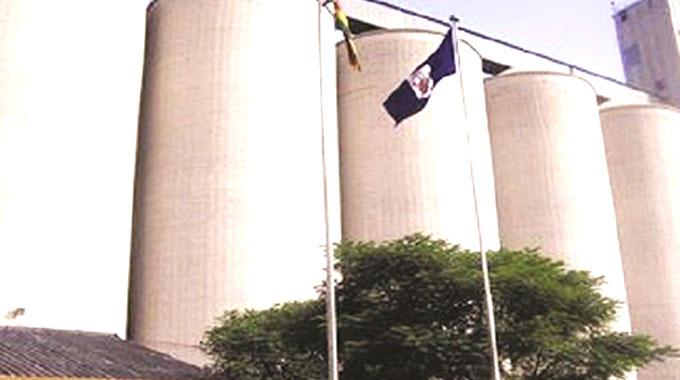
There is intense debate countrywide on whether or not the Government should prescribe producer prices for agricultural produce .
Cotton, wheat and maize are major crops in which Government has keen interest and before the opening of every marketing season, farmers will be waiting with alacrity to hear the new producer prices.
The prices of these commodities controlled by Government may change anytime in response to developments in the economy, while in some cases, they remain static.
This year the producer price for maize started at $726 per tonne, changed to US$242 equivalent to the interbank market rate and reports are the Grain Marketing Board (GMB) subsidiary, Silo, is buying maize at $2,100 per tonne.
When producer prices are announced, it will not be proper to quickly condemn the Government like what some analysts argue, saying market forces should determine prices of all commodities like what happens in most markets in other jurisdictions.
But these changes in producer prices have seen some farmers holding onto their crops, majority of it sponsored under a Government import substitution programme, Command Agriculture. This therefore opens debate whether the Government should leave pricing of all agro commodities to the open market or not.
The only agro commodity that has been successfully sold on auction system is tobacco, though the system has a fair share of challenges as buttressed by numerous complaints raised by some short-changed players in the sector every marketing season.
But when all this happen, the critical matters are what happens to the country’s food security if maize or wheat farmers are treated like tobacco farmers who at times, after toiling the whole year, are sent home empty-handed by some buyers who offer them as little as US$0.10 per kilogramme.
This therefore means setting a viable producer price for cereal crops helps encourage many farmers to grow the crop and in the process reduce unnecessary demand for foreign currency to import maize or wheat and other crops that can be easily grown locally.
If the pricing of critical crops such as maize and wheat is liberalised and allow market forces to determine prices, the laws of demand and supply will come into play and if the crop does not give better returns, there will be food deficit the following year as farmers venture into the production of other crops.
When that happens, the country’s food security is compromised and this scenario will see the emergency of donors that come using food to buy votes from villagers and other food insecure people and create an uneven political playing field.
Therefore, there appears to be nothing wrong with Government setting producer prices for essential commodities to companies and the general public at large. The Government can afford to buy the crop at break-even price as long as it will ensure the country will not face food deficit.
However, in as much as the country would want to avoid hunger by giving maximum support to farmers, there is a need for agriculture economists to assist Government in coming up with viable prices to avoid over “supporting” one sector at the expense of others.
This will result in a state of disequilibrium where all businesspeople will abandon other equally critical sectors of the economy and crowd one perceived lucrative sector.
We find it equally uneconomic for a maize farmer to be paid $2,100 per tonne of maize as of yesterday, an amount equivalent to eight bags of fertiliser. Assuming the farmer gets 10 tonnes of maize per hectare, this means a good $21 000. And a tobacco farmer who was paid an average US$1 per kg will abandon tobacco and go for maize.
This state of affairs indicates that there is something wrong with the producer prices set. The producer price policy should be carefully implemented to ensure the equilibrium status of the agriculture sector is not disturbed.
The $2 100 or US242 per tonne means farmers might not be encouraged to benefit by moving more volumes, but just producing a few units that are bought at fairly high prices.
The farmers should benefit by moving volumes and enjoying economies of scale.
These producer prices might see other sectors that are unable to pay some equally higher prices unable to pay for the products produced by some millers. Assuming Government decides to subsidise the whole value chain, the question still is who should pay for the subsidies to cushion the maize producers.
Therefore, in as much as there is nothing wrong in offering good producer prices to encourage the production of more maize, it is our hope that agriculture economists in Government should assist to come up with better economic prices because we do not think paying one tonne of maize money enough to buy fertiliser for one hectare of maize is good economics.
We appreciate there are other costs such as tillage, harvesting, weeds and pest control, but still the producer prices need to be carefully looked at.
